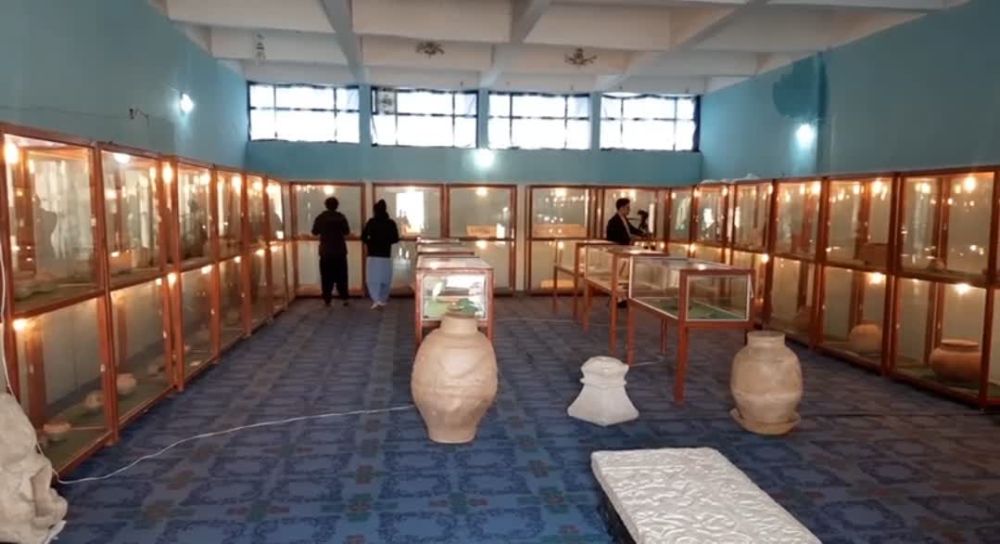

The Archaeological Museum of Ghazni is home to an extensive collection of artifacts that reflect the rich history of the region, once a prominent center of Islamic culture and trade. When planning a visit, the best time to travel to Ghazni is during the spring (April to June) or early fall (September to October). These months offer milder weather, with average temperatures comfortable enough to explore the museum and its surroundings without the extreme cold of winter or the intense heat of summer. Spring also welcomes you with blooming landscapes, which can contribute to a pleasant journey to the museum. However, given the volatile situation in Afghanistan, always check current travel advisories and the security situation before planning a trip.
It's important to note that the museum's operational hours and accessibility can be influenced by factors such as national holidays, security concerns, and maintenance activities. For the most updated information, getting in touch with local authorities or a travel specialist knowledgeable about the region is advisable. Visiting during local cultural events or festivals can offer additional insights into the traditions and customs that have shaped Ghazni, although these events might also mean a higher number of visitors and a busier museum experience. To avoid crowds, considering a weekday visit might be a good idea. Always prioritize safety, respect local norms, and remain aware of the current sociopolitical climate when visiting historical sites in Afghanistan.
| Month | Min Temp | Max Temp |
|---|---|---|
| January | -7 °c | 4 °c |
| February | -5 °c | 6 °c |
| March | 1 °c | 14 °c |
| April | 7 °c | 20 °c |
| May | 12 °c | 26 °c |
| June | 16 °c | 31 °c |
| July | 18 °c | 33 °c |
| August | 17 °c | 33 °c |
| September | 13 °c | 29 °c |
| October | 7 °c | 23 °c |
| November | 1 °c | 16 °c |
| December | -4 °c | 8 °c |